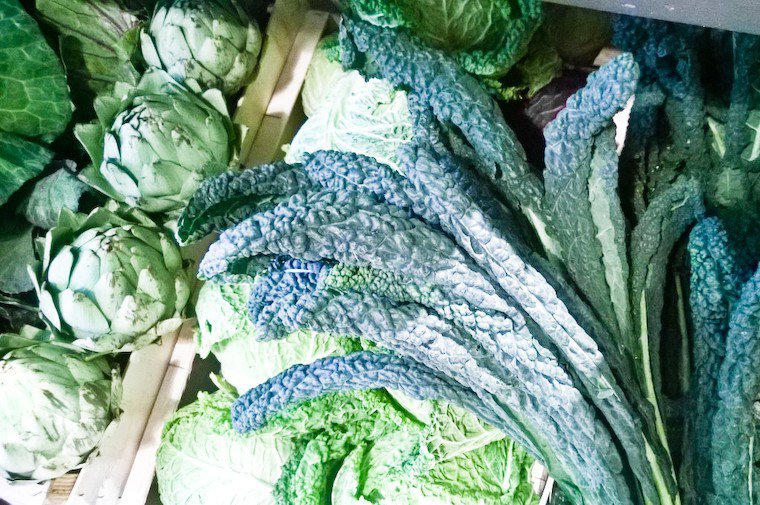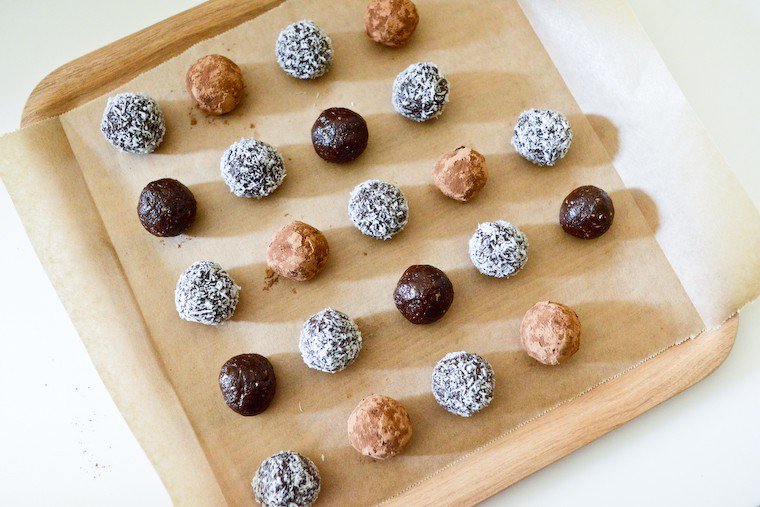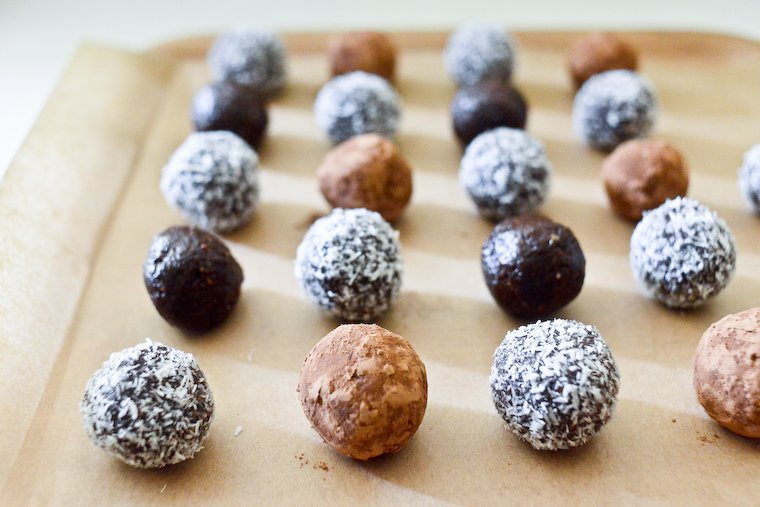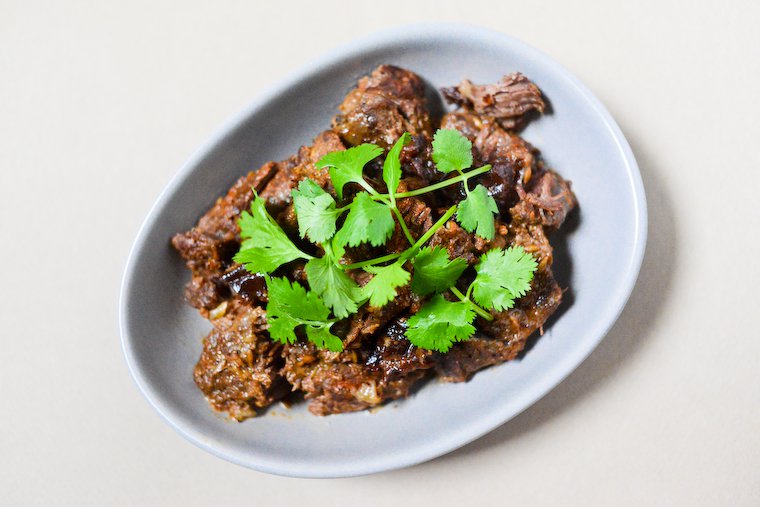Chocolate & Zucchini turns 12 today!
This means I have been blogging for, oh, just about 4 383 days, and this particular anniversary actually marks the point where I have been blogging for a full third of my life. No wonder C&Z feels as familiar to me as my own limbs, and writing here as natural as breathing.
Creating this blog on an idle September day in 2003 is one of the top 3 most life-shaping decisions I have ever made (the other two would be: living in California in my early twenties, and having a child in my early thirties — what about you?).
Not a day goes by that I don’t feel grateful beyond words for everything it has brought me. An incredibly fulfilling career, a rich network of like-minded cooks and real-life friends, a wealth of knowledge I would never have acquired otherwise, and my interactions with you, dear readers, who warm my heart, make me laugh, inspire, and teach me daily.
To thank you, I have partnered with my publishers to give away Five sets of my three latest books:
 There’s PRESERVING, the newest Ginette Mathiot tome that I’ve helped revise for its English-language edition, and has just been released by the good people at Phaidon. This one is all about conserving, salting, smoking, and pickling — in other words, capturing flavors at the height of the season, to enjoy later.
There’s PRESERVING, the newest Ginette Mathiot tome that I’ve helped revise for its English-language edition, and has just been released by the good people at Phaidon. This one is all about conserving, salting, smoking, and pickling — in other words, capturing flavors at the height of the season, to enjoy later.
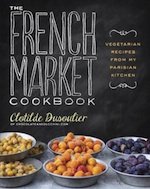 Then there’s THE FRENCH MARKET COOKBOOK, a book that celebrates the love story between French cuisine and vegetables, and contains 75 of my heaviest-rotation recipes for seasonal produce, such as my shocking pink pasta with a no-cook beet sauce, my Corsican turnovers garnished with squash, or my pear and chestnut cake.
Then there’s THE FRENCH MARKET COOKBOOK, a book that celebrates the love story between French cuisine and vegetables, and contains 75 of my heaviest-rotation recipes for seasonal produce, such as my shocking pink pasta with a no-cook beet sauce, my Corsican turnovers garnished with squash, or my pear and chestnut cake.
 And finally there’s EDIBLE FRENCH, a lovely book of French food-related idioms that tell you so much about French culture, and come illustrated with whimsical watercolors by my friend Melina Josserand.
And finally there’s EDIBLE FRENCH, a lovely book of French food-related idioms that tell you so much about French culture, and come illustrated with whimsical watercolors by my friend Melina Josserand.
Five lucky winners will win a copy of each of these books, so three books total, which will be sent in the mail by their respective publishers.
You have until Sunday, October 11, 10pm EST to enter, using the Rafflecopter widget below: you’ll see you have different options to enter the giveaway, and you can use as many as you like to increase your chances of winning. The winners will be picked randomly and their names will be announced here on Monday, October 12. Good luck and thank you for participating!
We’ve got winners! I have drawn five entries using the Rafflecopter random picker, and the names of the winners are listed in the widget below. They have each received an email explaining the next steps; if you’re one of the winners and you haven’t heard from me, please get in touch!



